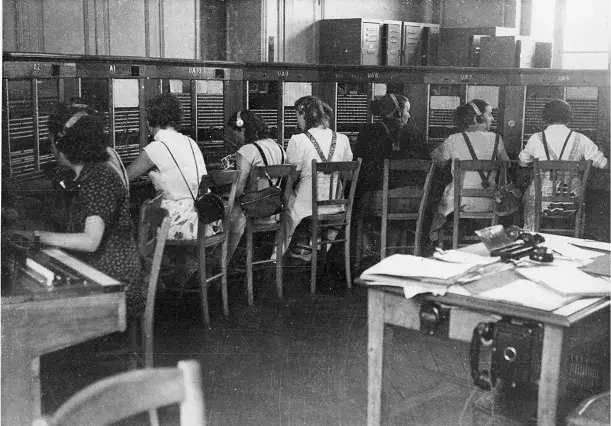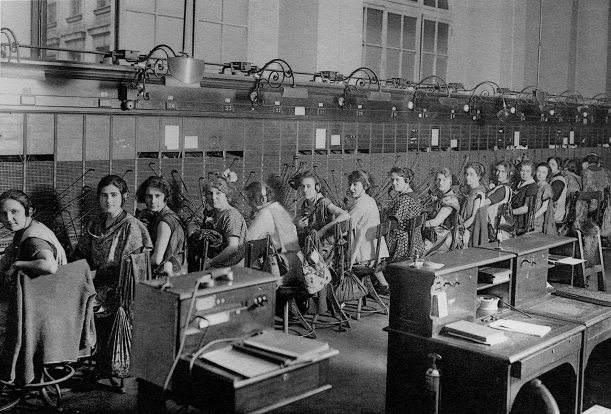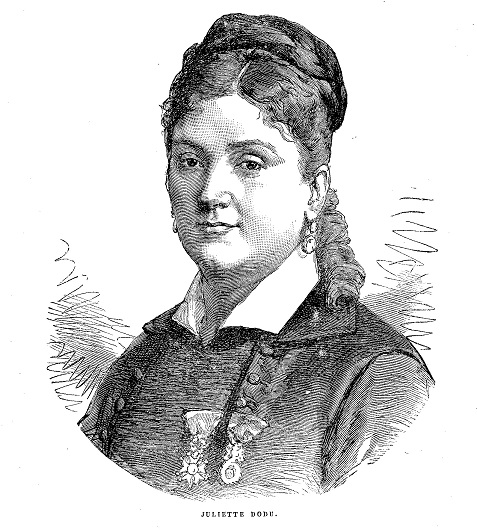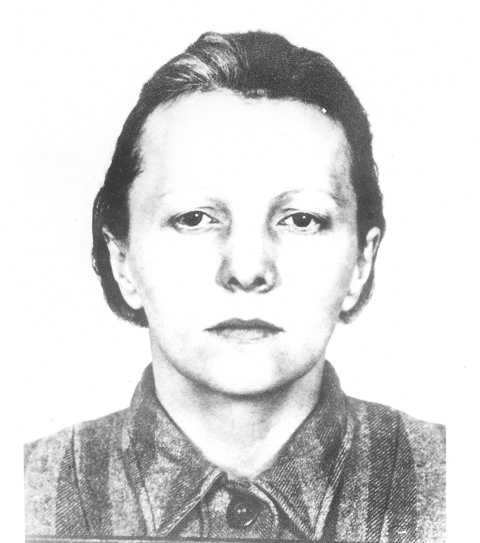Women have played a vital role in the history of telecommunications since the birth of the telegraph and telephone in the 19th century. These ‘cable girls’ contributed not only to the industry’s development but also the improvement of women’s working conditions. To celebrate this road travelled over more than a century, Line Pélissier, Director of Career Paths and Recognition within Orange Group HR, speaks about the importance of diversity in the workplace as well as Orange’s approach to professional equality.
The telecoms sector occupies a unique position in the history of women’s work. Can you tell us more?
Line Pélissier: “Women’s work increases unemployment and destroys family life.” This was the headline in the Le Matin newspaper on 5 November 1931! This news story is very revealing in terms of the mindset of the time, but also the progress we’re continuing to make.
Telecoms, as an in all sectors, has never given women a privileged position, or even an equal one to men. On the other hand, the history of this sector is unique because it has developed through the women working in it.
From the first telephone exchange offices at the beginning of the 20th century, 'cable girls' were recruited, first in handfuls then in hundreds and finally in thousands, to meet the growing demand of this new communications method.
Why was it mostly women recruited as telephone operators at the beginning of the 20th century?
L.P.: Women were recruited in such numbers because there was a growing need but also because the skills required were stereotypically female. Operators taking the calls had to ensure the telephone connection by connecting the right line to the right jack. Recruits were typically young, discreet, courteous and pleasing on the ear. Knowing how to respect the caller’s confidentiality was a prerequisite.
During the First World War, while men were away fighting, telephone exchanges became even more appealing to female operators to ensure vital communications could get through.
What inspires you about the working conditions for these cable girls?
L.P.: At the time, working conditions were difficult – as they were in many trades at the beginning of industrialisation. The headset and microphone were heavy. Women’s dress, efficiency and courtesy in answering calls were rigorously controlled by unforgiving supervisors. Control also extended to their private life: telephone operators had to be single and had to apply for permission to marry!
Finally, let’s not forget that at the time, women were paid 30 to 50% less than their male counterparts. This discrepancy in women’s wages was not abolished by the French legal system until 1946, the same year that women won the right to vote.
What legacy did these cable girls leave behind do you think?
I firmly believe that the telecoms sector has made a massive contribution to women’s liberation through their work.
L.P.: I firmly believe that the telecoms sector has made a massive contribution to women’s liberation through their work, and that cable girls drove this through their number and commitment.
There have been several significant struggles: they took part in strikes from the beginning of the 20th century, not to mention the fact they acquired the right to maternity leave before it became law in 1909.
This commitment is also reflected in their fight for women’s rights during the 1920s with the publication of the Journal des Dames. In 1927 women created the Ligue des dames employees (working women’s league). This women’s union at the heart of the PTT advocated “equal pay for equal work” and pushed for a equal opportunities. They led their own strike in France for two hours on 21 September 1925 under the “equal pay for equal work” banner.
Where is Orange today, in terms of its history as the incumbent public operator?
L.P.: Technological developments in the telecoms sector have grown so quickly in recent decades. The early telegraph system made way for fixed line connectivity to every home, almost ubiquitous internet and mobile telephony, and an explosion of digital uses around the world.
These huge technological transformations, and the evolution of needs and markets, continue to shape our organisation and our way of working. Over the years, the PTT’s ‘cable girls’ have worked at the post office, the first France Télécom branches, in technical or administrative roles, or in Orange call centres, shoulder to shoulder with their male counterparts.
To prepare for tomorrow’s world, Orange professions – for women as for men – are evolving towards taking on more responsibility, value and complexity.
What are Orange’s objectives in terms of equal opportunity?
L.P.: We really believe that professional equality is a key driver of social and economic performance.
We’re guided by four priorities: women’s access to management roles, diversity especially in technical roles, equal pay and work-life balance.
The women's representation in our Group was 36% in 2021. We’re developing professional diversity by focusing on feminisation with our external recruiters because technical roles tend to attract fewer women. We have long-standing pay gap correction methods that are now paying off. Finally, we offer working solutions that promote work-life balance, such as tele-working, leave donation policies and our personal assistance platform.
As you can see, our processes are part of a long history of promoting women’s liberation, which we’re still doing today.
In partnership with various associations, Orange encourages young girls to enter technical careers.
Shadowing programmes are organised with the association of female engineers in France so that young girls in science education can discover more about engineering and technical roles and move more easily towards these sectors.
In order to offer school and sixth form pupils the opportunity to discover more about digital professions, Orange partners with the Elles bougent association, where female engineers speak about their roles and careers at dedicated events.
To promote more female-friendly technical roles, Orange runs technicians’ classes in partnership with AFPA, so that women can discover more about technical careers in operational units over the course of a year’s internship. Young women can also take on a job placement as part of their customer / network response technician diploma, and can be offered a permanent contract at the end of their training.
Discover two women who changed the world
Juliette Dodu,1848-1909, embodied the French resistance during the Franco-Prussian War of 1870. As a supervisor in a telegraph office, she managed to intercept the dispatches coming from occupying forces, sending them to the French authorities. She was the first woman in France to receive the Médaille Militaire and the Légion d'Honneur in a military capacity.
Simone Michel- Lévy,1906-1945, a regional director in the "Commutation" department of telephonic communication at the PTT in Paris, joined the Resistance in 1940 and took part in a clandestine information network across the whole of France. Arrested and deported in 1943 due to sabotage acts, she was sentenced to death and executed less than a month from the end of the Second World War. She is one of the very few women to receive the title of Compagnon de la Libération.
The photos and illustrations used in this article are the intellectual property of the Orange Group Archives Service. They should not be reused, distributed or modified.






